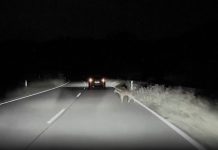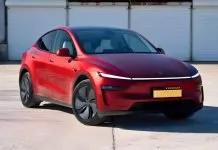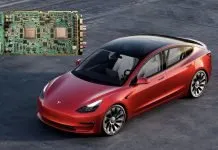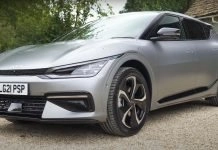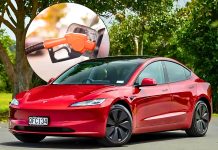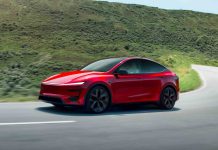In the past, we have seen several reports of Tesla’s FSD saving lives. Now, a recent accident with a Tesla having Basic Autopilot demonstrates how far driver-assistance systems have evolved not only in keeping the people in the vehicle safe, but also in saving wildlife.
In a video posted on X, a Tesla was speeding along a dim road at a comfortable speed with the help of its Basic Autopilot suite, keeping the vehicle in the lane and at speed. The only illumination was the software beam ray of the adaptive matrix headlights of the vehicle across the asphalt.
Then, suddenly, a deer appeared on the middle road. It was one of the most common and dangerous nighttime hazards for drivers, especially in rural or wooded areas. But the sensors of the Tesla had processed the threat by the time the human driver could fully process the threat.
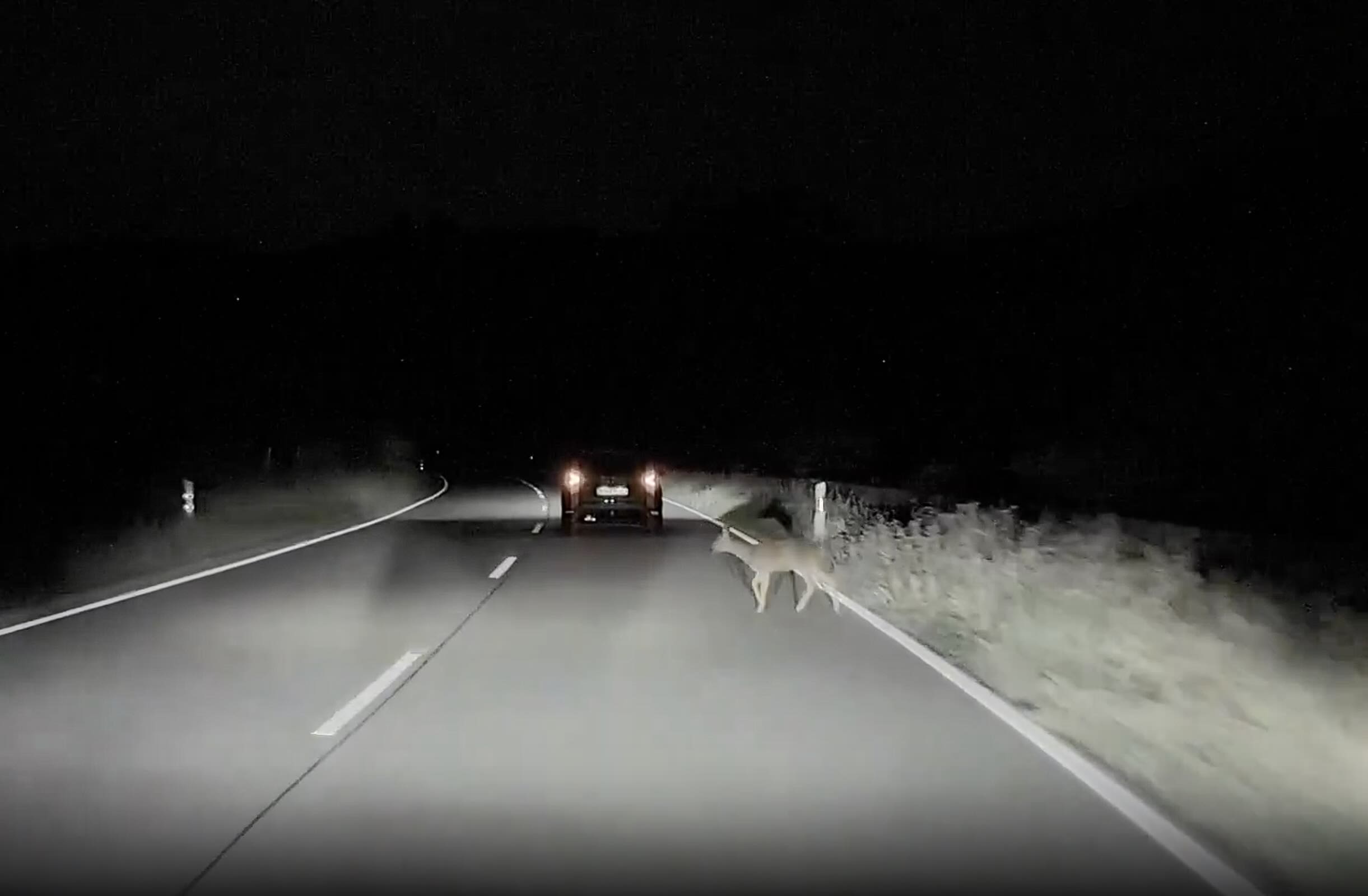
Instant Detection, Instant Reaction
The operation of the Autopilot is based on the synergistic use of the cameras and radar (in older models) and ultrasound sensors, and a strong onboard computer to analyze the environment in real time. The system, in this instance, detected the deer as something that could cause a collision and started an evasive move.
The peculiarity of the situation was the timeliness and fluidity of the response:
The car pulled off to the left, not in a sudden movement, but a gentle glide, intended to keep the car in balance.
It also slowed down, anticipating the occurrence of other risks.
The intervention was subtle but firm. It was such a kind of motion that even a keen human eye could hardly perform with the identical accuracy during the night.
This was my TESLA saving the day moment. pic.twitter.com/3IPfNkIRqm
— Dreams of Mars 🕊❤️🚀🌕 (@MemesOfMars) November 12, 2025
Matrix Headlights: Seeing Clearly, Responding Quickly
Although the avoidance maneuver was the eye-catcher, Tesla headlights made of matrix LED headlights have played a very significant supporting role. Such lights are designed to be dynamically adjusted to the conditions of the road, and the lights in this case managed to illuminate the deer just before it appeared on the path of the vehicle.
The headlights also shifted when the steering angle changed by swiveling as wide as possible to allow maximum visibility during the avoidance maneuver. This enabled the Autopilot system (as well as the driver) to have a clear view of the entire process of doing the maneuver. Not only was Tesla made more sensory correct with the fast reaction of the headlights, but also the situational awareness of a driver was improved.
It was a retrospective that all automotive safety is coming to be a symphony of interrelated technologies, light, sensing, computing, and control, all interacting.
Autopilot: Not Autonomous Driving, but Advanced Assistance
It is necessary to explain that Basic Autopilot is not an entirely autonomous system. It is an advanced driver-assist system, and it assists steering, acceleration, and braking with oversight. The driver should be alert at any given time.
Even the partial automation, though, is worth the trouble, as incidents such as this would show. Autopilot does not get distracted. It doesn’t blink. It does not take time to acclimatise to the dark. Milliseconds can count when a wildlife suddenly appears on the roadside, and in some countries, more than a million vehicle accidents are caused by such factors.

